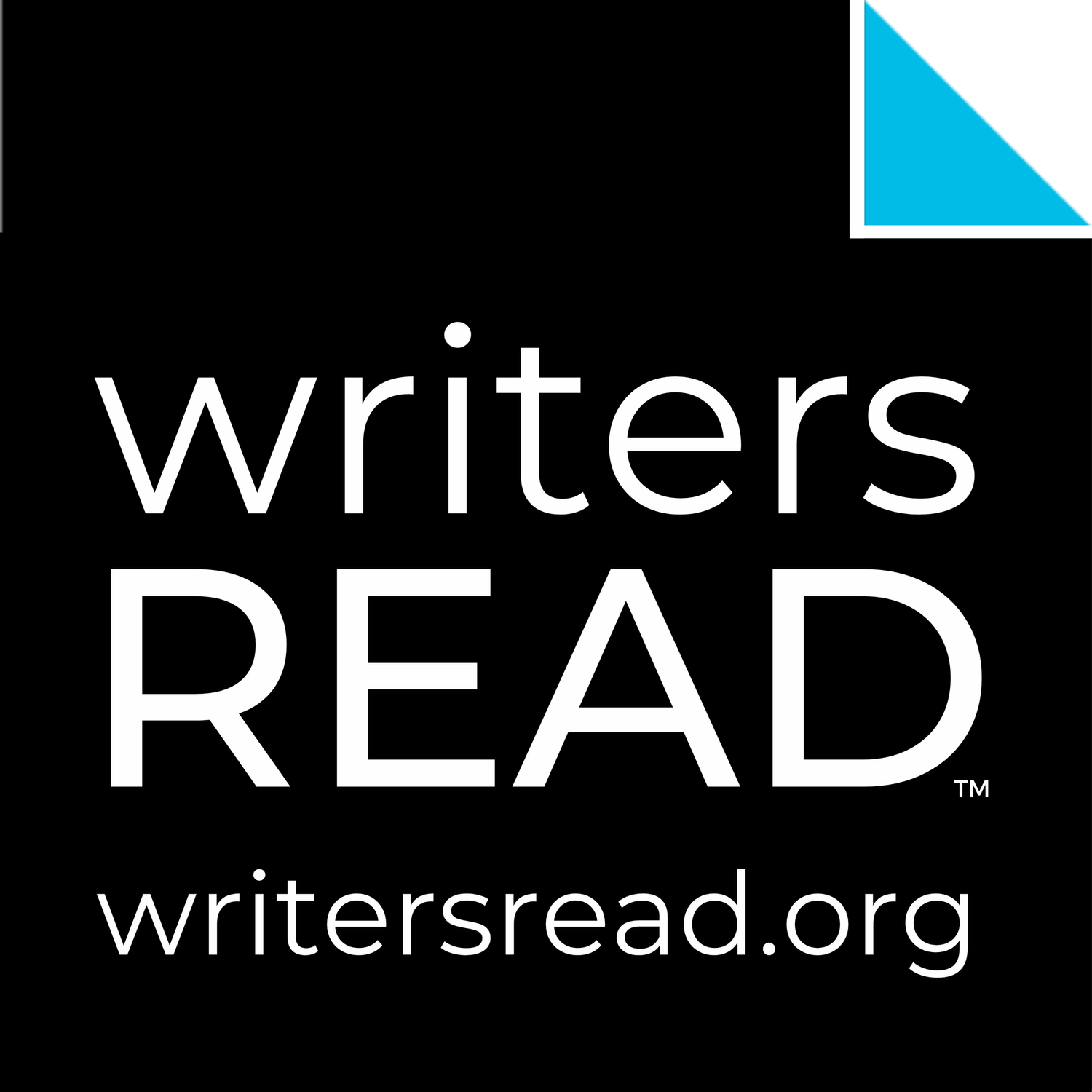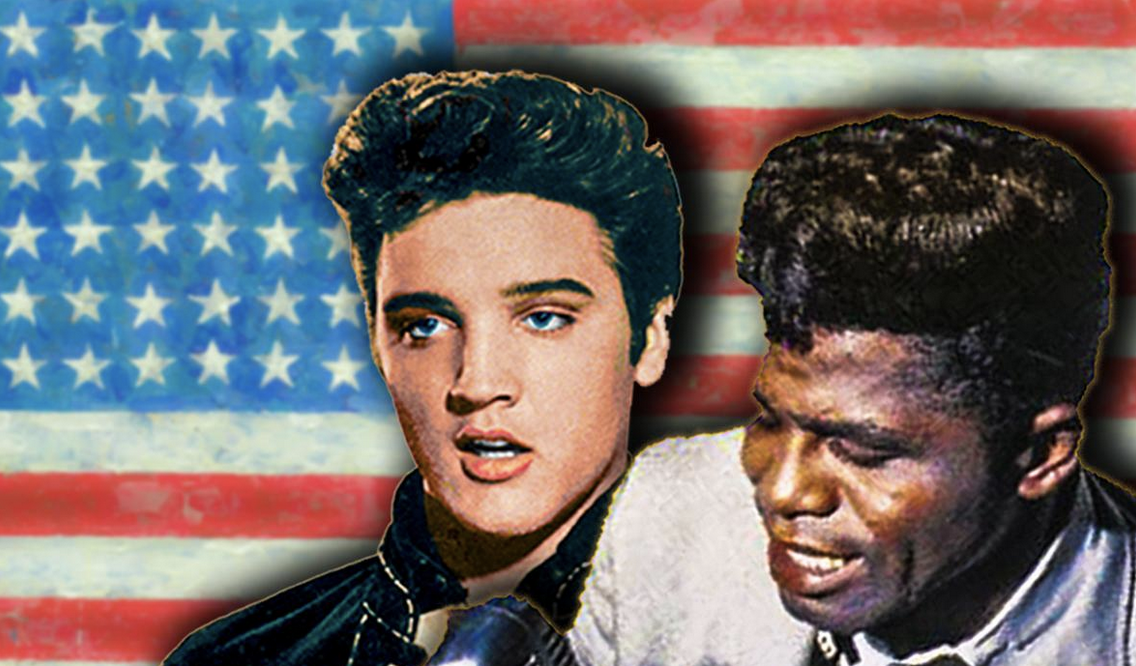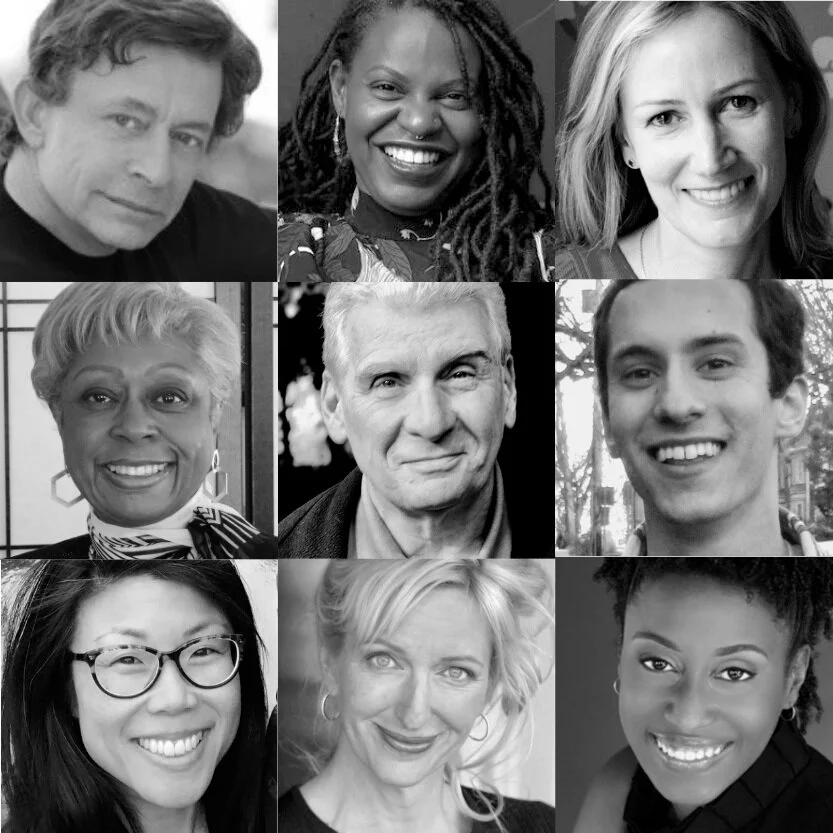Write it! Send it!
We want to feature your story on our stage and in our podcast.
In 650 words or fewer, the personal narratives we feature are short, powerful stories about meaningful experiences in your life.
We’re looking for work that expresses your unique sensibility and voice. Let us share your joys, hopes, fears, your sense of humor, sense of the sublime or even the ridiculous. We hope our prompts offer you an inspiring spark and we look forward to reading your engaging, well-crafted essays.
1) The pieces can be original, or can be excerpted or adapted from your own earlier work.
2) Submissions are evaluated by an editorial committee of professional writer/editors.
3) Your essay may be featured in our podcasts as well as future broadcasts and printed anthologies, but it remains yours to publish again elsewhere if you choose.
4) The maximum length of 650 words translates to a five-minute spoken word piece.
5) We’ll need your social media handles for Instagram, Twitter, and Facebook.
6) We’ll need a 125 word (max) biography. Please tell us about you, and not just your publishing credits.
There’s more to know down below!
Scroll to the bottom of this page for guidelines on headshots, bios, and more…
Inheritance
What did they leave you? Not just the obvious things—the china, the wedding ring—but the invisible gifts that pulse through your veins and shape your days. Your grandmother's laugh, your father's temper, your great-aunt's love of gardens.
Inheritance isn't always welcome. Maybe you inherited anxiety, addiction, stubbornness, or a family tendency toward broken hearts. Perhaps a treasured object carries complicated memories, or you discovered more than you bargained for in an attic. Some inheritances skip generations, surfacing unexpectedly. Others feel like burdens; some like lifelines.
What inheritance—tangible or intangible—has most profoundly shaped who you are? In 650 words, tell us about the moment you recognized it as yours or learned to carry it forward.
Deadline: February 1, 2026 • Live Event: April 25, 2026 (venue TBD)
Your American Song
A Carnegie Hall Festival Partner Event: “United in Sound: America at 250”
There's no such thing as one American song. Our country's soundtrack is made up of everything from salsa to gospel to jazz. You can hear it in city parks, at southern barbecues, on street corners in New Orleans and everywhere in between. Every one of us carries our own American song.
What's yours? Maybe it's a protest song. Or a Beatles song. Or a song so corny, you only dare play it when you're alone. It could be the song you danced to when you came out. Maybe it's the way the National Anthem sounds at a football game. Or how it felt to hear it after 9/11. Or on the day you became a citizen.
Or maybe, your American song isn't "American" at all. It could be the Hungarian folk song your grandmother taught you. Or a melody you weren't allowed to sing in your homeland. Or the sound of voices joined in prayer at your mosque or synagogue. Or the aria that never fails to bring tears to your eyes.
In 650 words, tell us about your American song.
Deadline: April 1, 2026 • Live Event: June 7, 2026 (venue TBD)
“Talent is cheaper than table salt. What separates the talented individual from the successful one is a lot of hard work.”
“Close the door. Write with no one looking over your shoulder. Don’t try to figure out what other people want to hear from you; figure out what you have to say. It’s the one and only thing you have to offer.”
“If my doctor told me I had only six minutes to live, I wouldn’t brood. I’d type a little faster.”
“The great enemy of writing isn’t your lack of talent, it’s being interrupted by other people.”
Your biography (125 words, max). We want to know about YOU. Here are some sample bios for inspiration:
-
After over twenty years at the Bronx Council on the Arts, Ed Friedman co-founded and served as the first Executive Director of Lifetime Arts, a non-profit dedicated to providing opportunities for older adults in arts learning. He’s commitment-phobic when it comes to literary forms, and flits from short plays, to short fiction, to short non-fiction, and says he has a high degree of success solving the New York Times crossword puzzle—except for Saturdays when he resists the urge to jump out his eighth story window. He’s a playwright whose work has been staged throughout New York and around the country, and his monologues and prose appear in many anthologies and literary journals. (112)
-
Martha Mitchell is a graphic designer and writer who’s lived in New York, New Jersey, New Hampshire, Connecticut, Arizona, Utah, and California. She now lives in Maine, in a repurposed, 150-year-old textile mill overlooking a dam—a home she shares with an elderly hound-dog named Hank and a cat named Professor who alerts her to bats and ghosts. Martha’s attended The Writing Institute at Sarah Lawrence College and the Westport Writers Workshop, and took note when her niece Johanna said, “Shhhh, Aunt Martha’s telling a story!” Deciding to broaden her audience, she came in second at her first Moth story-slam, and she’s flattered when asked why her parents would name her after someone connected to Watergate since she was absolutely born before 1972. (121)
-
Colin Broderick was raised Irish Catholic in the heart of Northern Ireland. In 1988, at the age of twenty, he moved to the Bronx to drink, work construction, and pursue his dream of becoming a writer. For the next twenty years, as he drank himself into oblivion: there were failed marriages, car wrecks, hospitals and jail cells. Few people who have been a slave to an addiction as vicious, destructive, and unrelenting as Broderick’s have lived to tell their tale. Orangutan is the story of an Irish drunk unlike any you’ve met before. Broderick has written a play, Father Who, and published articles in The Irish Echo, The Irish Voice, and The New York Times. (115)
-
Ruth Pennebaker morphed from being a lawyer into a writer so she wouldn’t have to narrowly define herself—and because she’s always been attracted to low-paying work. Over the years – well, decades, if you want to get fussy – she’s written columns, features, and op-eds for magazines and newspapers. She’s also written five novels (two adult, three young-adult), a book about aging, a collection of newspaper columns, and two humor books. She’s blogged and aired public radio commentaries. Ruth has written about everything from autumn in Texas (which, she says, may only last one day) to marriage and children, from politics to death, from cancer to wrinkles. She’s a feminist, a wife, a mother, a grandmother, a believer in science and good journalism, and a Texan – sometimes in spite of herself.
Submitting Your Work
Please follow our submission guidelines: Personal essays, 650 words, maximum. We do not accept poetry or plays. Regrettably, we are unable to read or review submissions that do not adhere to these guidelines.
Note to writers: Our editors are supremely interested in your personal stories. Your unique experiences in life. Told in your voice.
Before submitting a piece to Writers Read, you should know that many well-crafted submissions are rejected because they drift into OpEd or lecture territory; they attempt to tell readers what to think or feel about any given topic. Instead, wow us with narratives that show us how incidents and episodes unique to you have altered your life. You can review countless examples of successful stories on our YouTube channel.
Please note where the live show will take place, as you may be required to travel to New York City or the Hudson Valley (the exception: “Between the Lines” essays which may be recorded on a smartphone and shared via email).
• All submissions should be in double spaced, 12-point type (please, no PDFs).
• Your name, address, telephone number, and email address must appear at the top of the first page, along with the piece’s title and total word count.
• Following your essay in that same document, please include your social media handles for Instagram, Twitter, and Facebook and your 125 word (max) biography. We want to know more about you than your publishing credits; please check out the sample bios here for inspiration.
• If your piece is selected (yay!) we’ll need a head shot for promotional purposes. You’re also welcome to share one now; please see our guidelines for head shots below.
• Writers Read uses Submittable as our submissions manager. The submission fee is $5; PayPal and all major credit cards accepted.
— Response Time • We reply within eight weeks of the submission deadline (and usually sooner).
Some Tips on Writing for Writers Read
We’re most interested in true personal stories, and Writers Read is open to anyone with a good tale to tell.
A few years ago Hugo Lindgren shared this excellent advice for submitting a “Lives” essay to the New York Times: More action, more details, less rumination. Don’t be afraid of implicitness. And the old Thom Yorke line: “Don’t get sentimental. It always ends up drivel.”
If it reads like it would make for a Hallmark TV episode, don’t submit it.
Meaning (or humor, or interestingness) is in specific details, not in broad statements.
Write a piece in which something actually happens, even if it’s something small.
Don’t try to fit your whole life into one story.
Don’t try to tell the whole story.
Tell a small story — an evocative, particular moment.
Do not end with the phrases “Looking back now . . . ” or “I realized that . . . ” (to put a finer point on this: Robert Atwan, in a foreword to an edition of The Best American Essays, writes, “Many personal essays are marred by “unearned epiphanies,” a suddenly I realized moment that seems unwarranted or gratuitous, the result more of an artificial writerly convention than a genuine shock of recognition.”)
Better to start from something very simple that you think is interesting (an incident, a person) and expand upon it, rather than starting from a large idea that you then have to fit into an short essay.
For example, start with “the day the Santa Claus in the mall asked me on a date” rather than “the state of affairs that is dating in an older age bracket.”
Where, exactly, did it start?
Write past what you think the end of the story is. (Hat tip to Raymond Carver.)
Do not make it about illness or death, unless that is the story you have to tell.
Try an Oblique Strategy.
Go to the outer limit of your comfort zone in revealing something about yourself.
Embrace your own strangeness.
If you can’t write it, try telling it.
Head Shots
Your photo needn’t be shot by a professional, and most people do fine with a smart-phone snap (please avoid the selfie and ask someone for help). The photo should show you from mid-chest up, with even lighting and no harsh shadows on your face, against a background that doesn’t distract.
A 4″ x 6″ image at 300 dpi (dots per inch) is acceptable for printing (or approximately 1,200 x 1,800 pixels—dimensions shown in the photo’s file info on both Mac and PC).
Need some guidelines on what makes an acceptable headshot?
Looking for guidelines on what to wear—and what not to wear—on camera?
“The experience was (I imagine, only) like one’s first bungee jump — a long, somewhat tedious wait, followed by a rush of excitement, exhilaration and gratification of some primitive need, followed by gradual calming, followed by wondering why I was ever inclined to do it. Yet thinking it might be an OK thing to do again.”
— Stephen J. Brown




